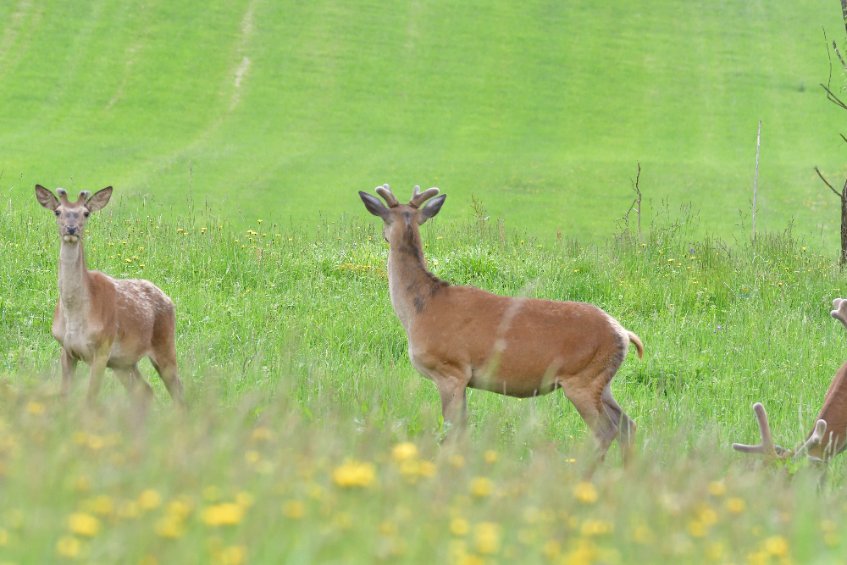
A licensed cull of deer is to begin next week as part of the management of Scotland's deer population in order to protect woodland and crops.
Forestry and Land Scotland’s (FLS) cull of female deer is being carried out as the annual economic impact of deer damage on FLS-managed land is estimated at £3m.
Figures show that deer numbers in Scotland have doubled from 500,000 in 1990, to more than a million currently.
The September cull, which is also practised by other land managers, is being carried out following discussion with stakeholders.
Every year the FLS delivers one third of Scotland’s overall annual deer cull in a bid to protect young trees and crops.
Deer management also contributes to Scotland’s food and drink sector by providing venison for the UK and international markets.
Ian Fergusson, FLS’ head of wildlife management, said: “Managing deer numbers helps to protect biodiversity projects and improve the overall health of the animals by reducing the risk of deaths from starvation in the winter months when food is scarce.
“Achieving these goals and creating the conditions that allow deer to continue to occupy their important place in Scotland’s biodiversity means keeping deer numbers in balance with the habitats that they occupy – and that is something that can only realistically be attained through culling.”
Cull targets are set on the evidence of deer counts and surveys carried out by wildlife rangers and independent contractors throughout the year.
Anyone controlling deer in Scotland must do so in line with the Wild Deer Best Practice Guidance, which outlines how deer welfare is to be safeguarded when culling.
Donald Fraser, NatureScot head of wildlife management, said: “NatureScot can licence out-of-season control to prevent damage to woodlands and crops, covering the period from 1 September.
“Deer are an iconic species in Scotland and form an important part of our biodiversity, but their high numbers and lack of natural predators mean they have a negative impact by browsing on woodlands and other habitats.
"Sustainable deer management is vital if we are to bring populations in balance with nature and effectively tackle the twin crises of biodiversity loss and climate change."
